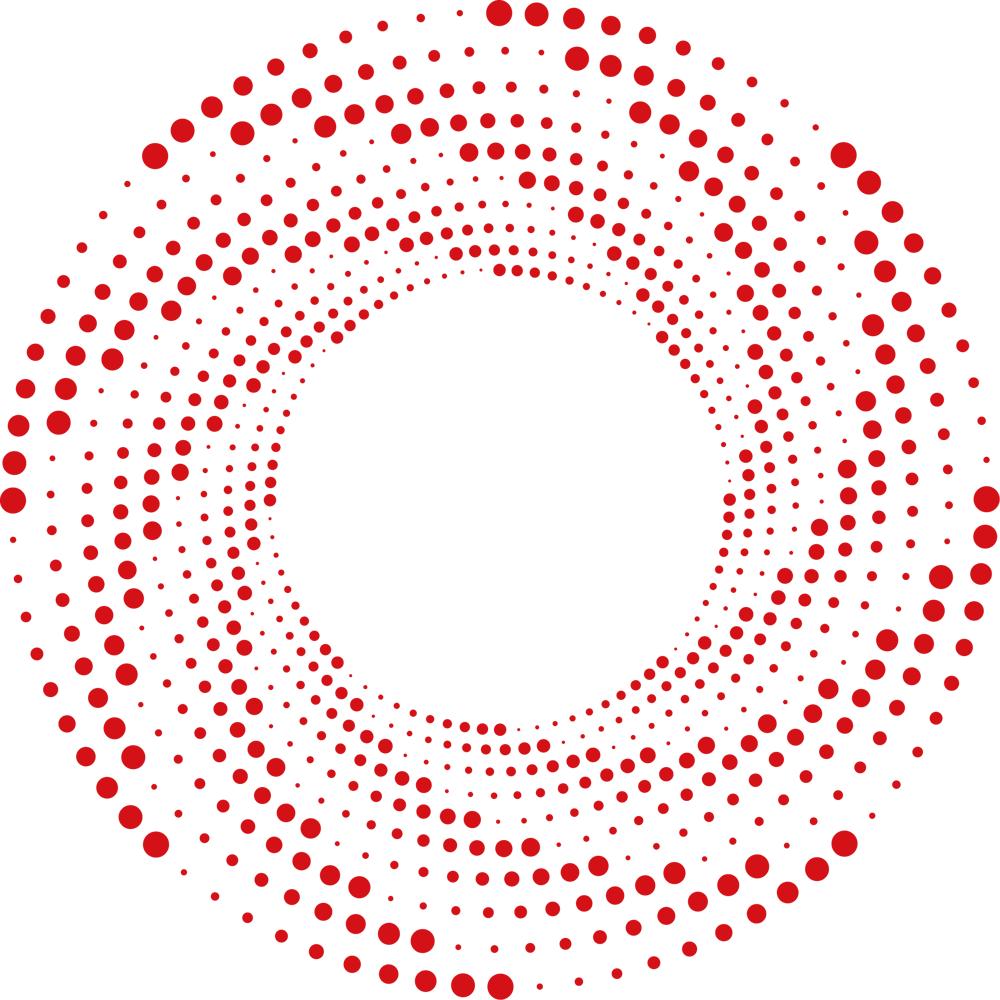
by Seán (14.05.2025)
If you've ever tried to create a high-quality video using AI tools, you’ve probably run into this problem: it’s never just one tool.
You might start with a script-writing assistant. Then jump to a mood analyzer or a storyboard generator. After that, you might need a separate tool for audio generation or segmentation, another for visual prompt generation, and yet another to actually render the scenes. And somewhere in the middle, you’ll be bouncing between your personal templates, trying to keep things consistent. Not to mention spending hours stitching it all together manually.
The result?
You’ve spent more time managing tools than creating content, nevermind the cost of purchasing multiple tools and platforms.
The AI Tool Stack is Out of Control
There are amazing tools out there — no doubt about that. But the reality for creators and marketers is that video production has become a patchwork. Tools don’t always talk to each other. Formats break. You lose creative flow jumping between dashboards.
One time, I remember it took me over 6 hours, well into the night until I managed to get the short sequence I was trying to create. All the AI automation did not feel as liberating as it could be.

No need for a cascade of AI tools when Ontoworks provides it all
What if You Could Do It All in One Place?
This is the problem we built Ontoworks to solve. Instead of jumping between 5 or 6 different platforms, Ontoworks combines everything into a single streamlined experience. From:
• audio & lyric analysis
• automatic storyboarding
• visual style generation
• video scene rendering
• to smart publishing tools
…it’s all on one platform. You upload a song or script, choose your resolution and captions, choose your visual tone, and Ontoworks generates a structured, emotionally aware, on-brand video — in minutes.
One Platform. One Workflow. One Focus: Your Story.
Ontoworks isn’t just about saving time (though you’ll save a lot of it). It’s about freeing up your creative headspace. Letting musicians, marketers, and creators focus on what actually matters — telling great stories, building a brand, or launching a campaign.

Final Thoughts
AI allows us to get creative and express our imagination in visual form. We can finally express ourselves at an unprecedented rate and with never before seen accessibility. However, we seem to encounter a problem where the most simple tools do not allow us to get very far and deep with our work. On the other hand, the needed complexity and production capability necessitates us to use complicated video editing tools that once again exclude many people from the process. We at Ontoworks still have a long way to go but our goal is to provide access for your imagination to the real world. Try out our platform and please get in touch about how we can improve our system!

